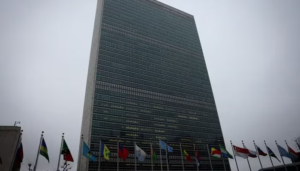Thomas V Maher, Charles Seguin, Yongjun Zhang
Social Forces, soae073, https://doi.org/10.1093/sf/soae073
Published:
18 May 2024
Abstract
Social movement theory holds that disrupting social and political processes is among the most effective tools social movement organizations (SMOs) use to motivate recognition for themselves and their constituents. Yet, recent research suggests that the political reception of disruption is not racially neutral. Black SMOs face a dilemma in that, although disruption is a powerful tool for change, the public often perceives nonviolent Black disruptive protest as violent. We investigate this bind by analyzing how nondisruptive protest, nonviolent disruption, or violence helps or hinders both Black and non-Black SMOs to gain state “acceptance” as legitimate spokes-organizations for their issues. We combine data on newspaper-reported protest events with data covering 41,545 SMO Congressional testimonies from 1462 SMOs from 35 movement families. In panel regressions, we find that Congress is generally more accepting of nondisruptive protest but that nondisruptive protest is only roughly one-tenth as effective for Black SMOs compared with non-Black SMOs. Furthermore, whereas non-Black SMOs are significantly more likely to testify after using nonviolent disruption, Black SMOs using nonviolent disruption are significantly less likely to testify before Congress. Regardless of race, violence was associated with fewer congressional testimonies. Collectively, these findings suggest that Black SMOs face a tactical bind: Black SMOs can use nondisruptive tactics that are resource-intensive and slow, or they can use nonviolent disruption that gets media attention but hinders congressional acceptance. These findings contribute to a growing literature on how racial inequality and prejudice impact the outcomes of social movements.
© The Author(s) 2024. Published by Oxford University Press on behalf of the University of North Carolina at Chapel Hill. All rights reserved. For permissions, please e-mail: journals.permissions@oup.com.
This article is published and distributed under the terms of the Oxford University Press, Standard Journals Publication Model (https://academic.oup.com/pages/standard-publication-reuse-rights)




